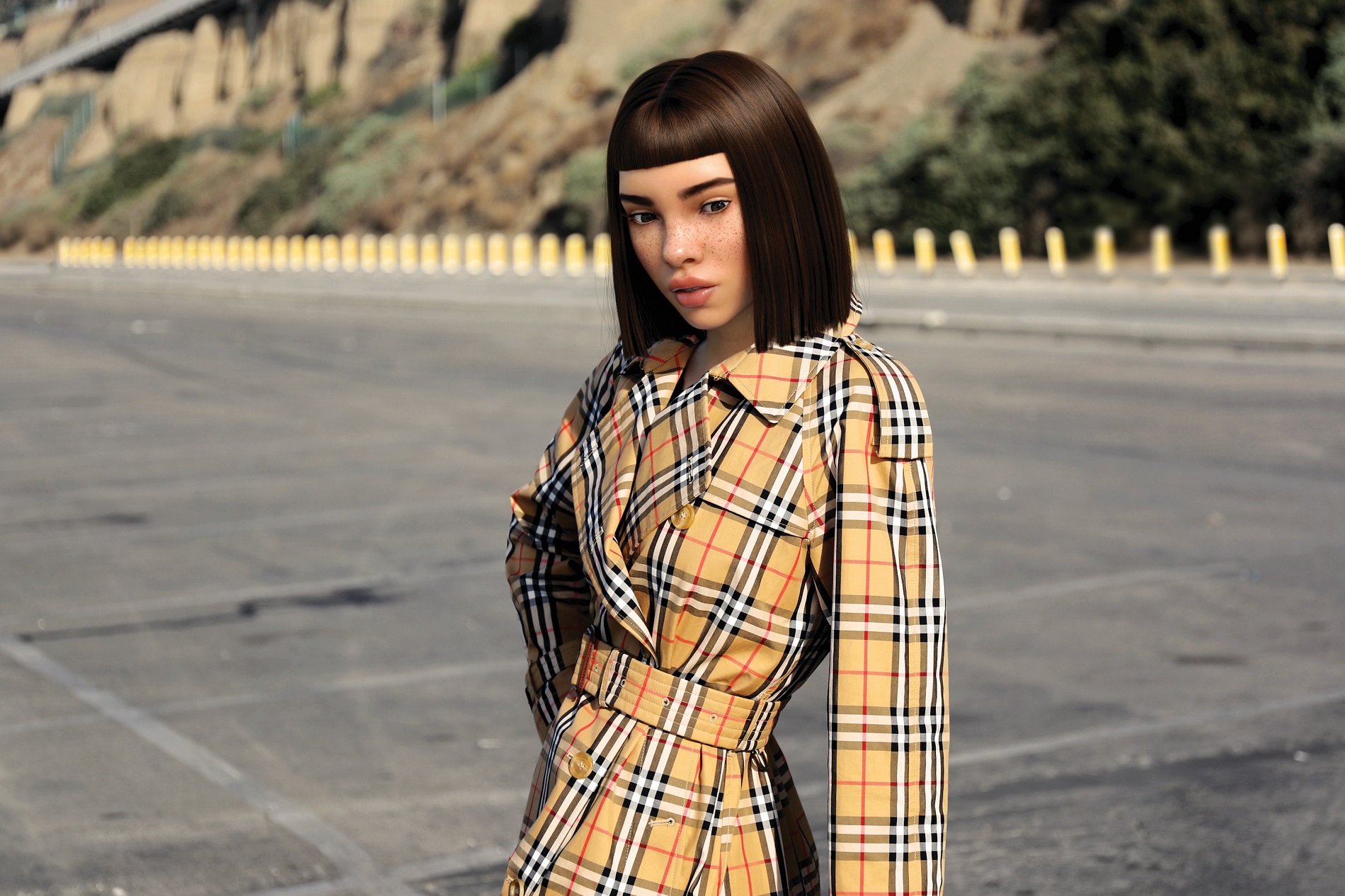There are many models and influencers on Instagram that help to promote certain products, brands and clothes. But have you ever seen an Instagram account and wondered if the user was real?
It’s not something you generally think about when scrolling through your feed or the Explore page, but it’s a legitimate question in this age of social media, where Instagram accounts like Lil Miquela are popping up.
If you’ve never heard of “Lil Miquela,” formally known as Miquela Sousa, the Instagram celebrity is unlike any other 19 year old. She is a CGI (computer generated imagery) created by Brud. Basically, she’s a robot. Her account, created in 2016, has a total of 1.4 million followers and the famous blue checkmark showing that she is a verified account.
Up until April, many people had no clue at all that Lil Miquela wasn’t a real person; there was no specific sign that she was a robot other than speculations from other Instagram users. She can be seen sipping drinks, eating food, getting a tattoo and modeling high-end clothing.
However, her Instagram bio now includes “robot” along with other information such as “LA,” Black Lives Matter and Instagram handles linking to other accounts such as @lgbtlifecenter. Having these phrases and links help create the façade that she supports various relevant organizations and causes.
Many businesses are using CGI users to promote their brands, even though they are aware of the true identity. Other CGI Instagram influencers have been created, such as Bermuda, B Lawko and Shudu.
There are mixed feelings surrounding the transparency of these Instagram users. Many people believe that there is already a great deal of deception on social media with all of the editing tools available.
Some also argue that there is not a huge difference between CGI influencers and mannequins. Others believe there is a necessity for complete transparency from the companies behind the accounts of these “humans.”
Jennifer Grygiel is a social media professor at Syracuse University who believes companies need to be honest about CGI users on social media.
“When I was growing up, at least we knew Barbie was a doll. For over two years now, there could be people, teenagers especially, who thought [Miquela] maybe was a person,” she said. “We need the brands to disclose. We also need these companies to help so they’re not facilitating and participating in this mass deception.”
The concept of a CGI Instagram user may be a difficult concept to wrap your head around, especially since Lil Miquela looks authentic in the majority of her feed. Her entire life is fabricated but it seems so realistic and has gained people’s attention.
This only helps to further the stigma of the importance of social media prescience and aesthetic. Social media has already led to negative consequences by causing people to feel like their life has to be absolutely perfect, or at least appear perfect on their accounts.
It also creates a negative self-image if a person feels they don’t look like a popular Instagram user. CGIs are ultimately doing more harm than good, but companies continue to overlook this growing problem because they are more concerned with maximizing their profit.

















